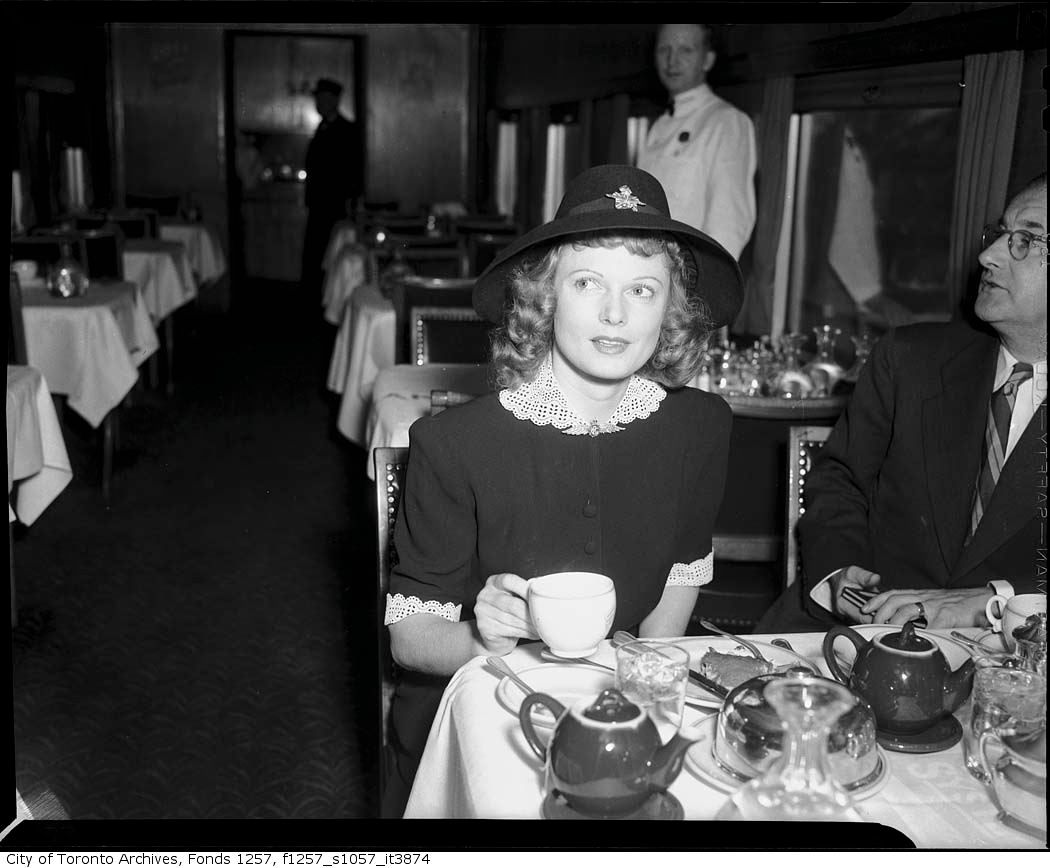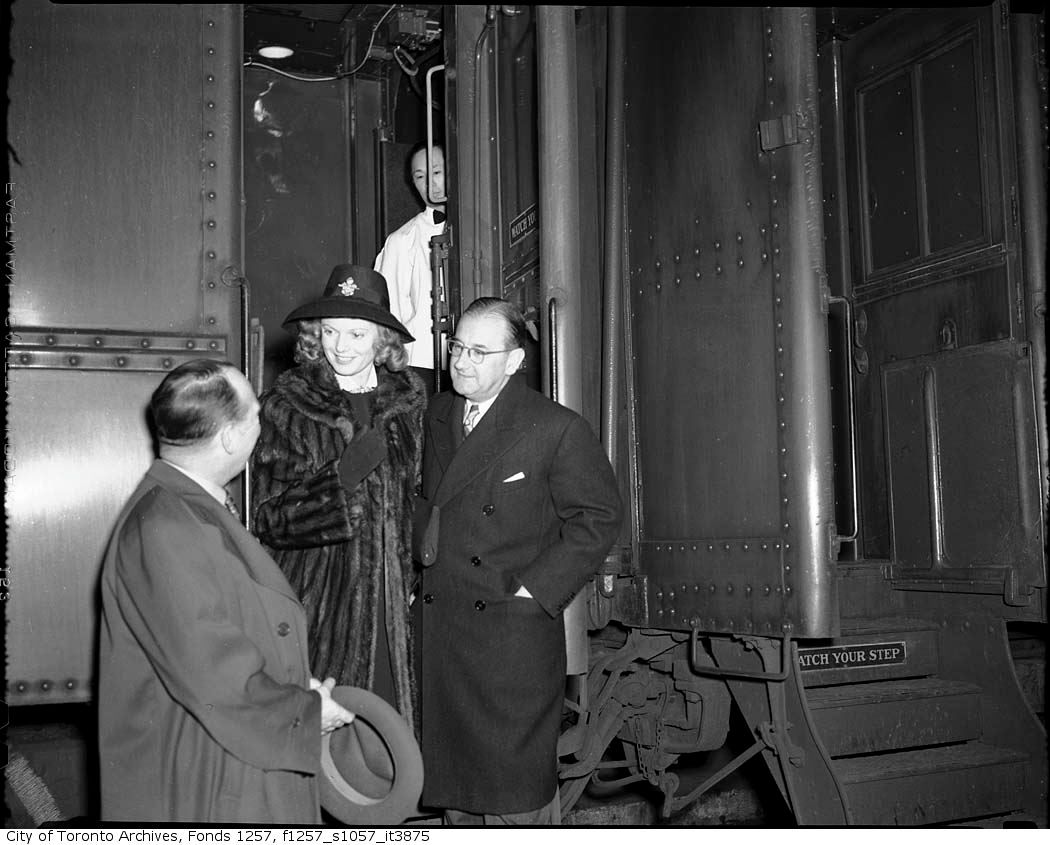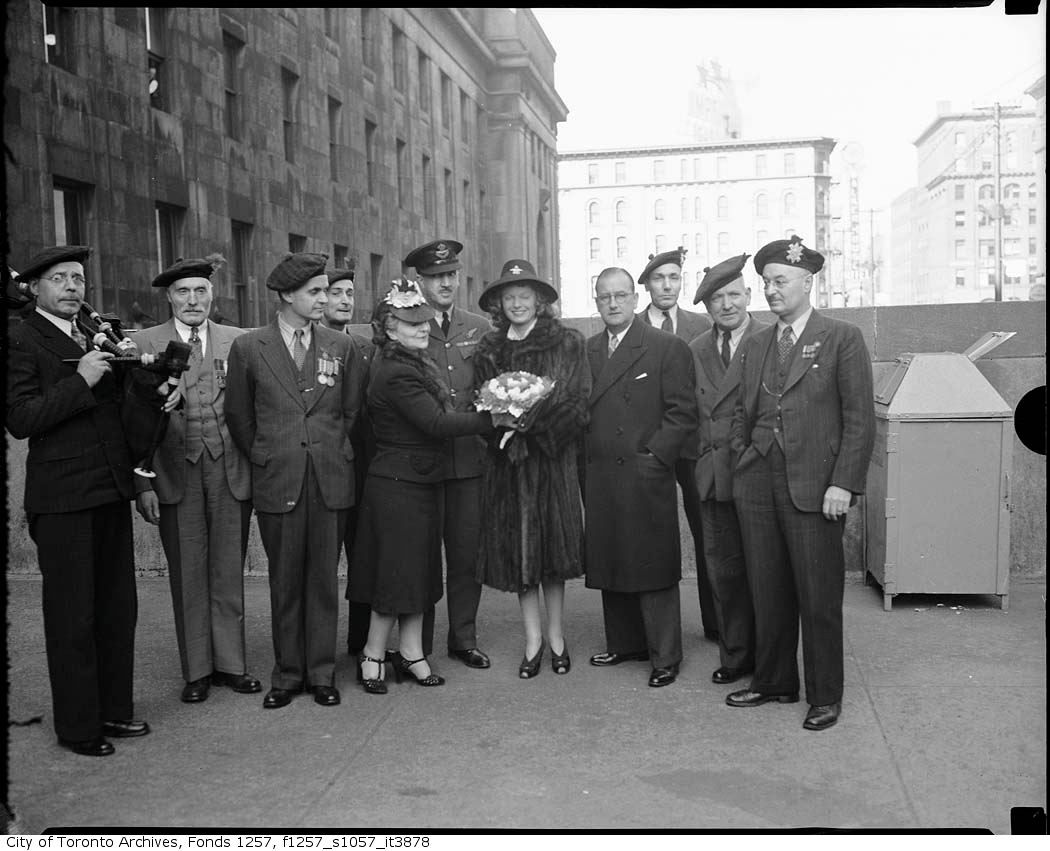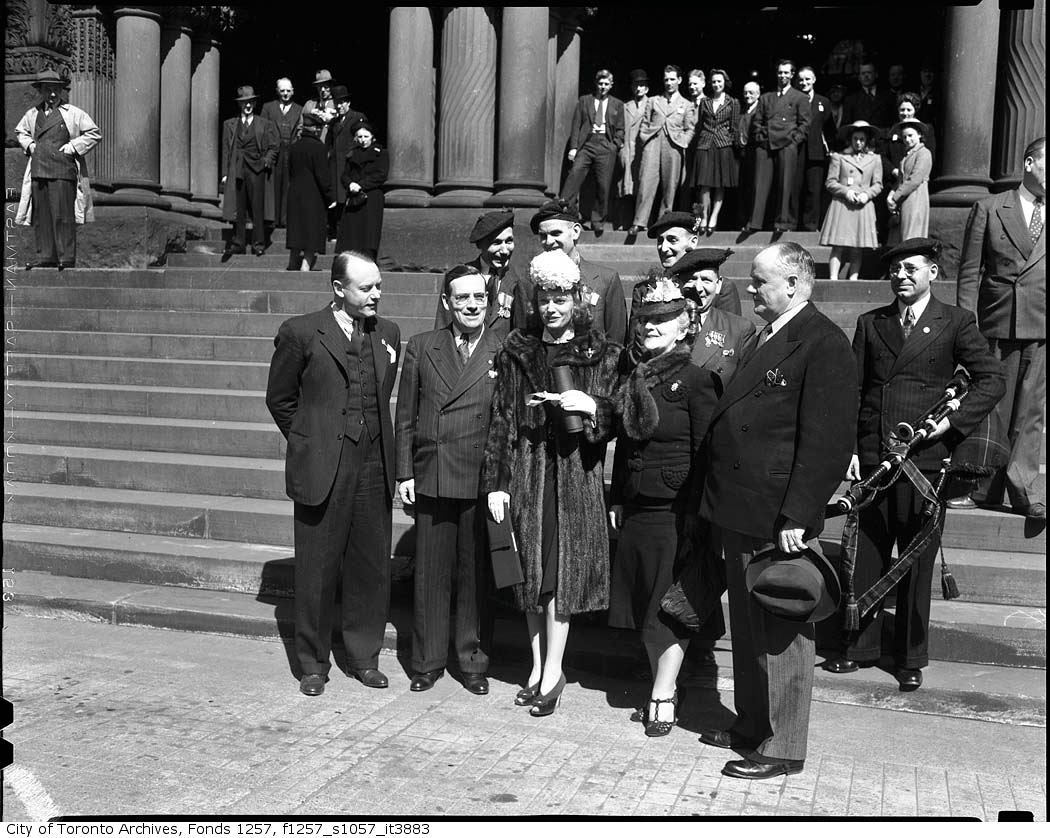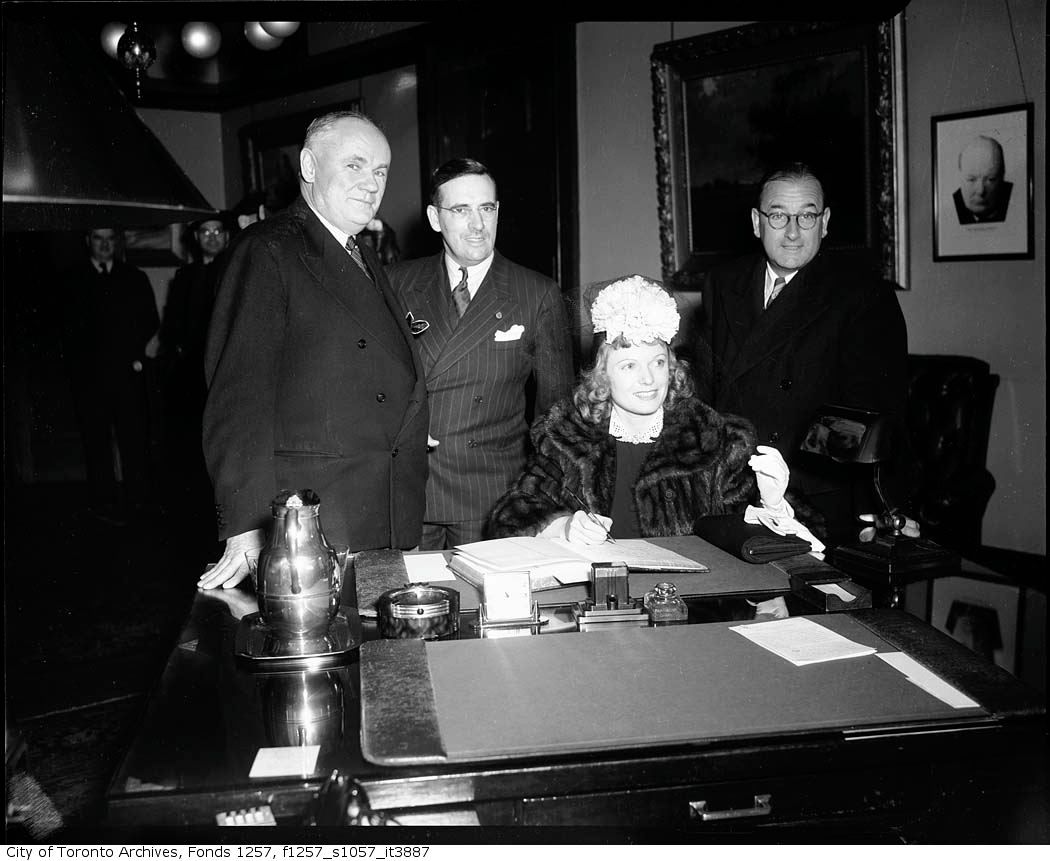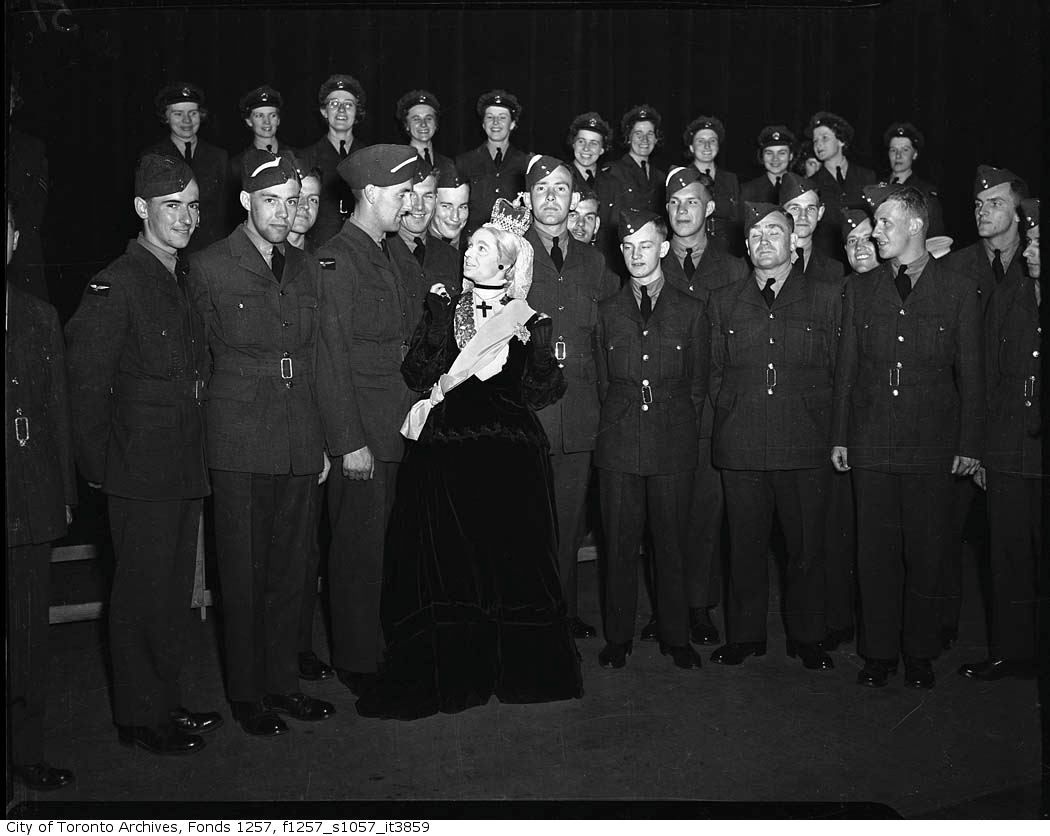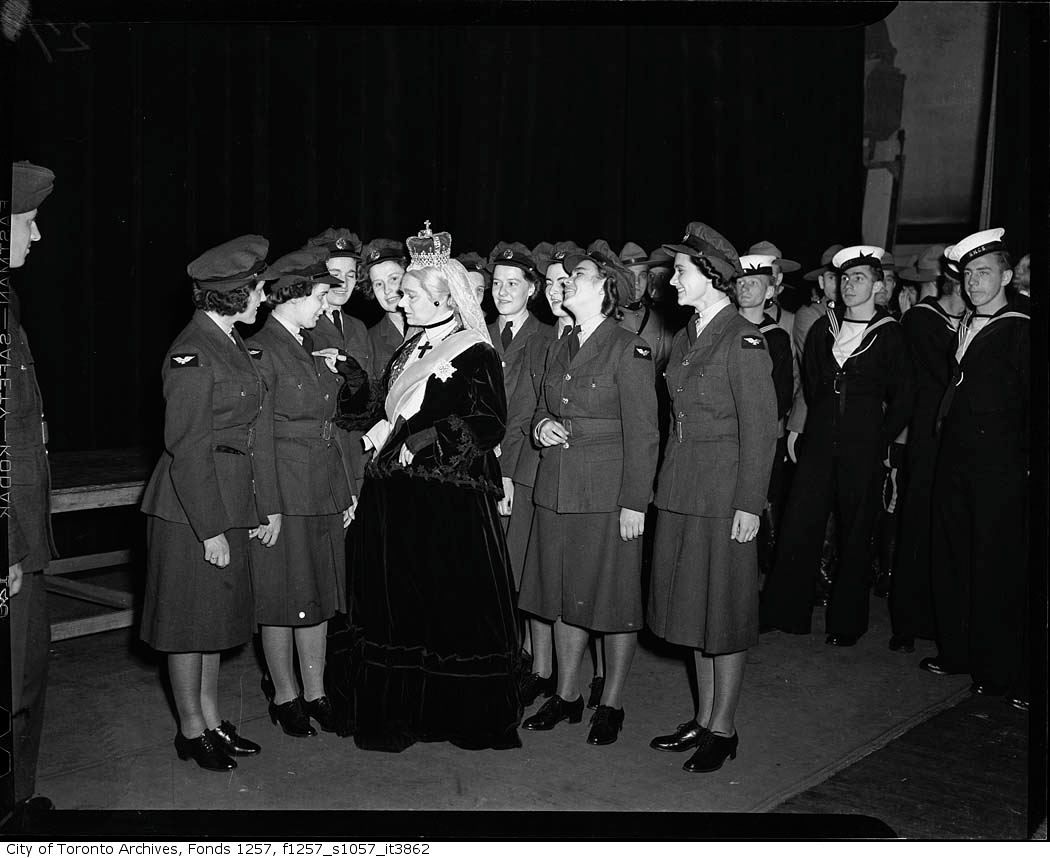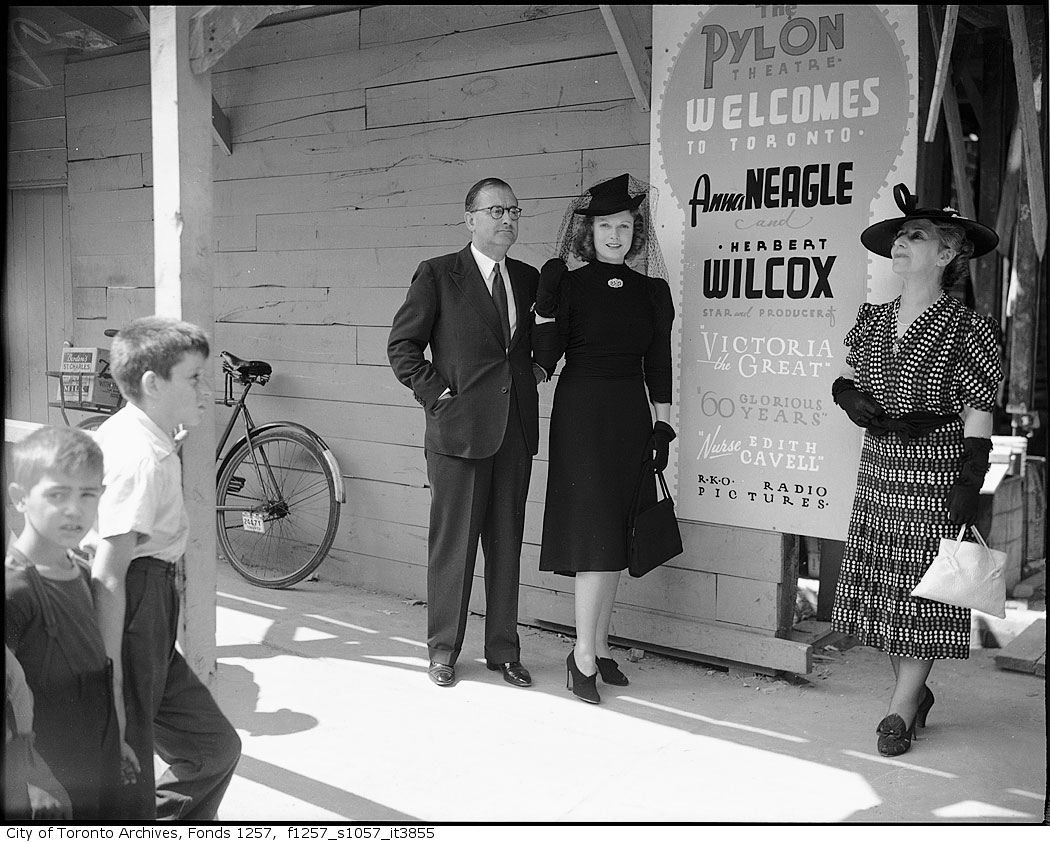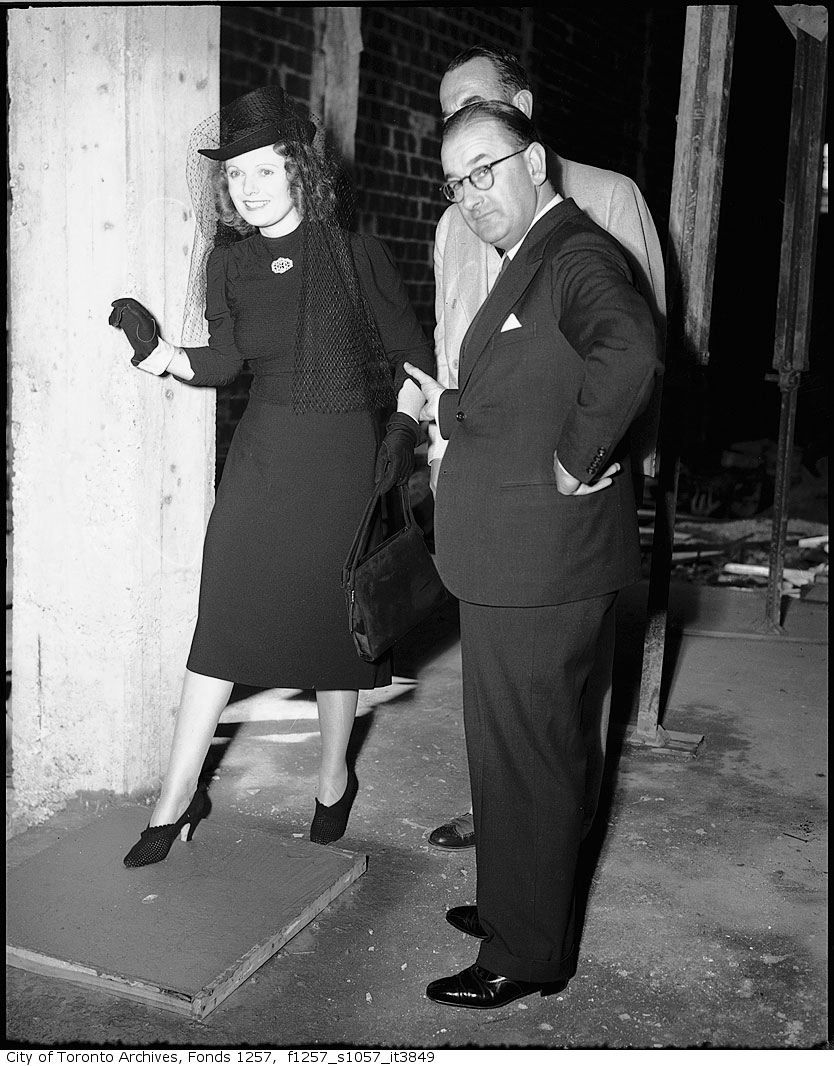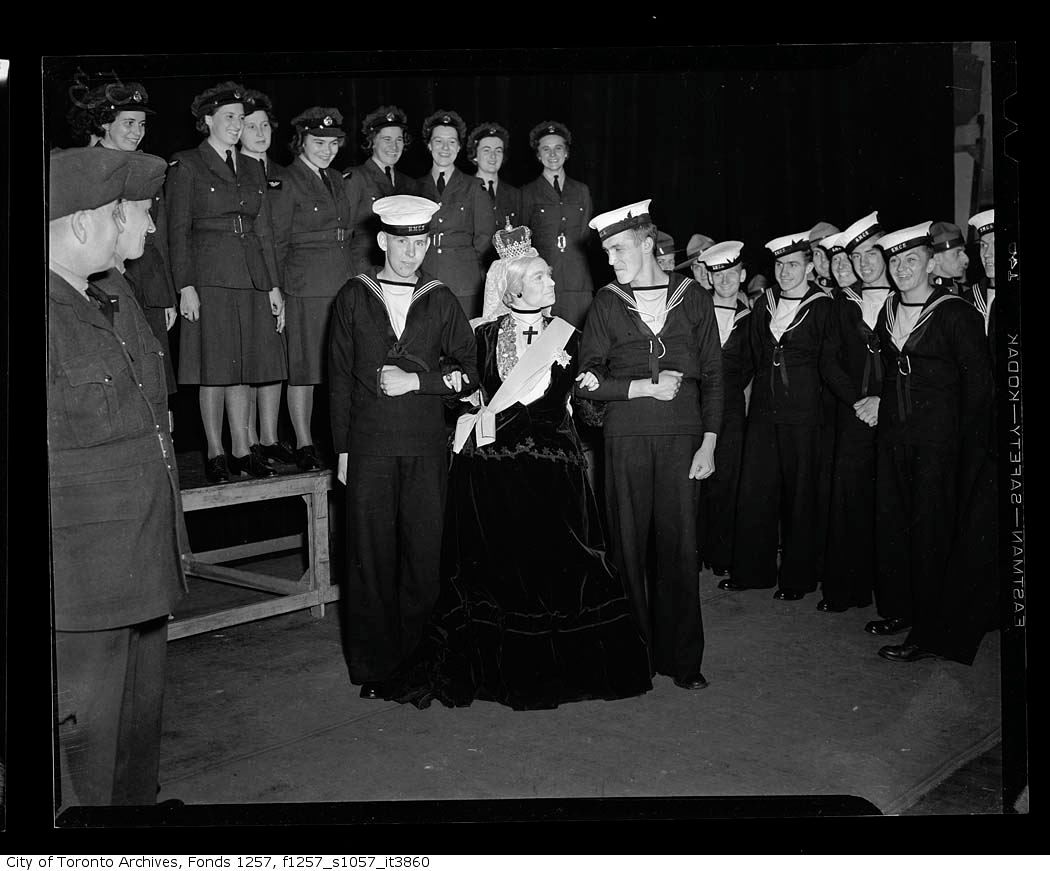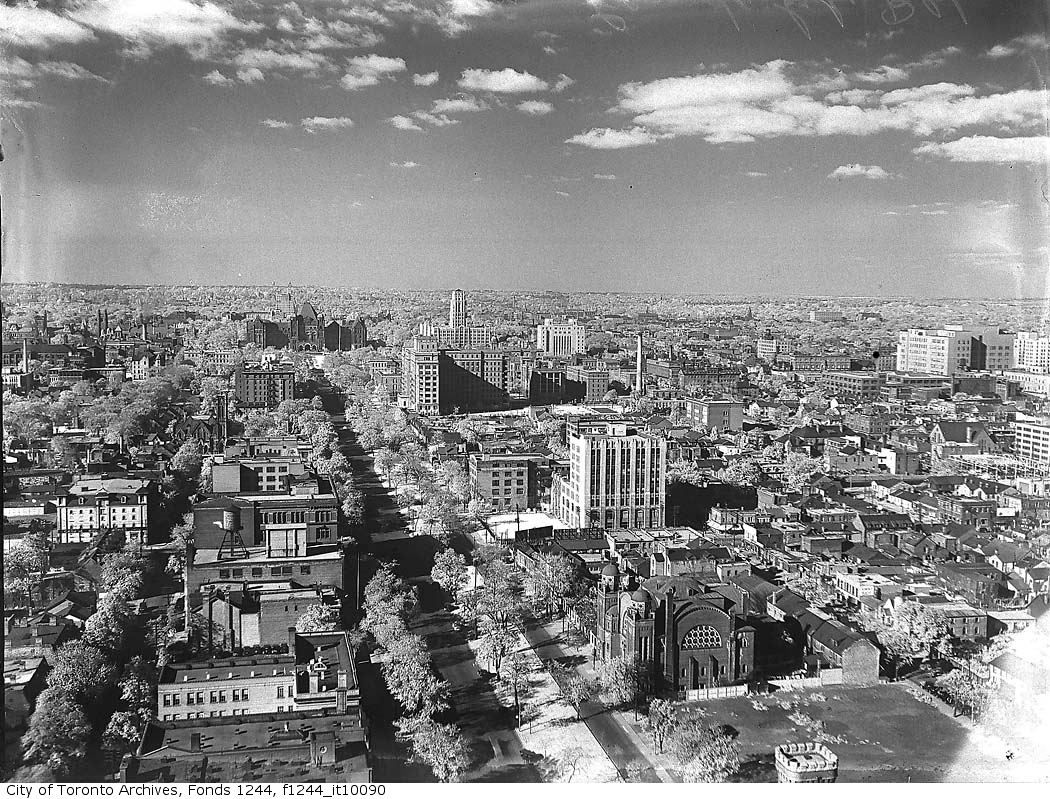LowPolygon
Senior Member
Great selection as usual, deepend. These in particular remind me of William Morris' dystopian view of the industrial city, which he described as "sordid, aimless, ugly confusion". Perhaps a bit harsh, but the combination of the gray skies, polluted river and landscape are quite depressing.
thank you! yes i agree, there is something about 'river scenes' or 'scenes of port life' that is particularly powerful. As well, the Morris quote is very apt, as these images do evoke the dark Dickensian atmosphere we tend to associate with worst aspects of 19th century urban life.
On the other hand, although they do seem emblematically ramshackle and grim, there is also something very ancient seeming about these scenes, as they remind us of the centrality of bodies of water in the history of our market economy.
Before trains and trucks, highways and airplanes, water transport was of course the lifeblood of trade…and what we see in these photos seems to be suggestive of ‘the last days’ of our maritime economy before the internal combustion engine swept it all aside...









Last edited:







